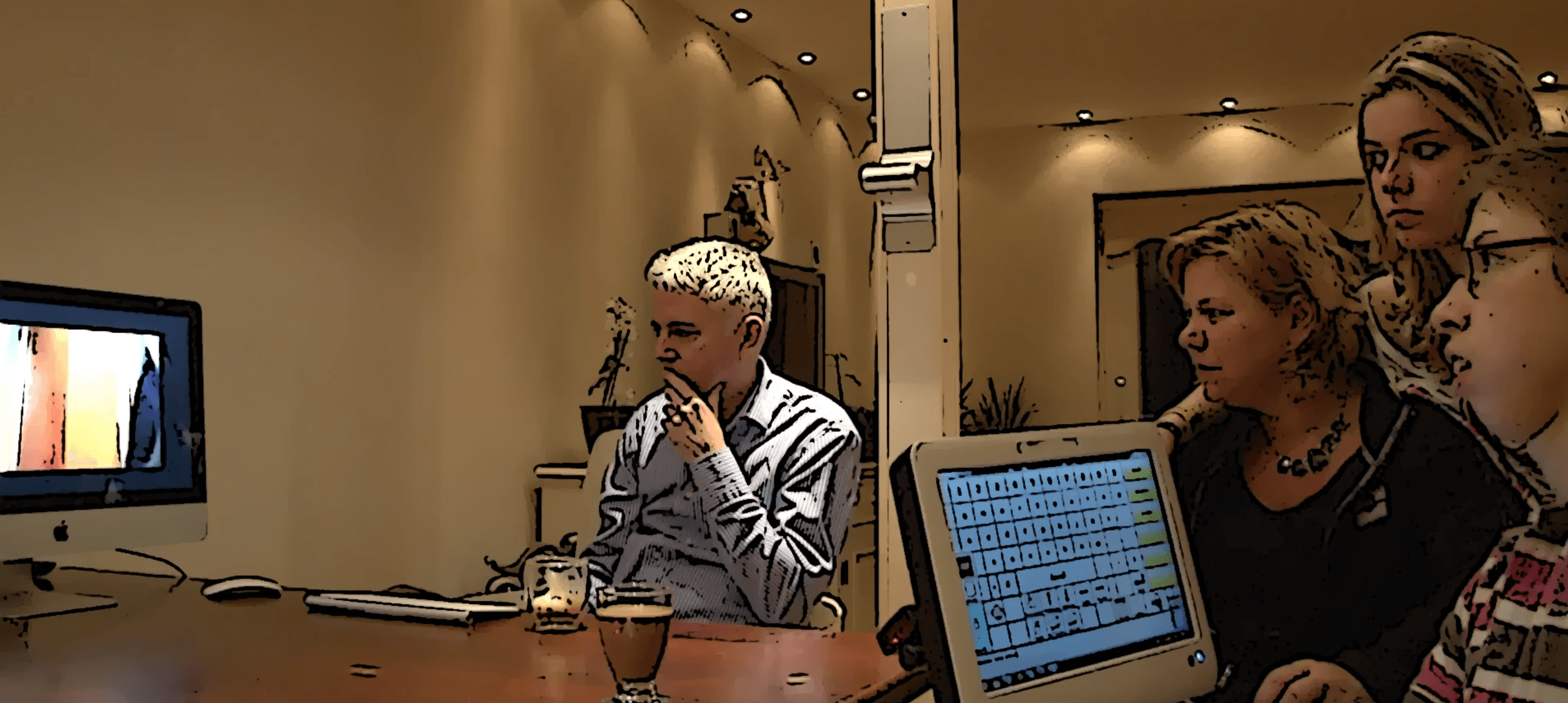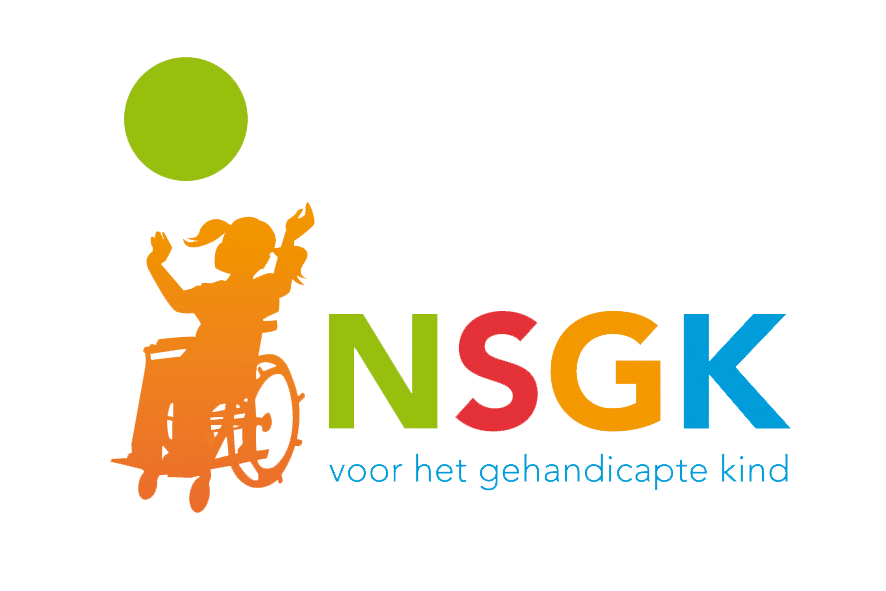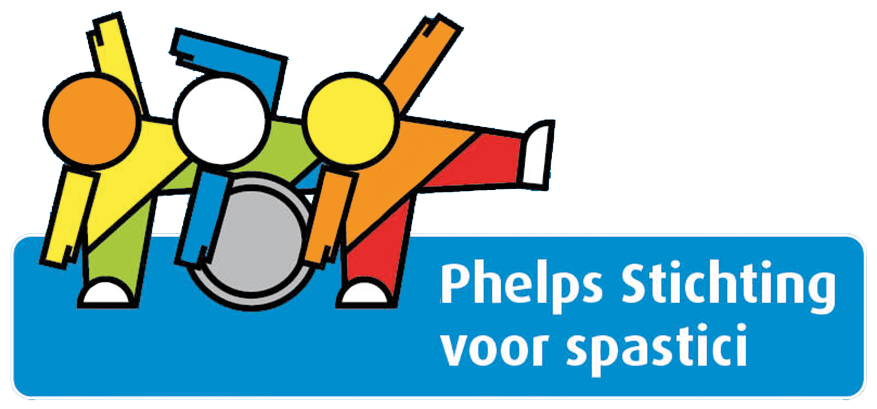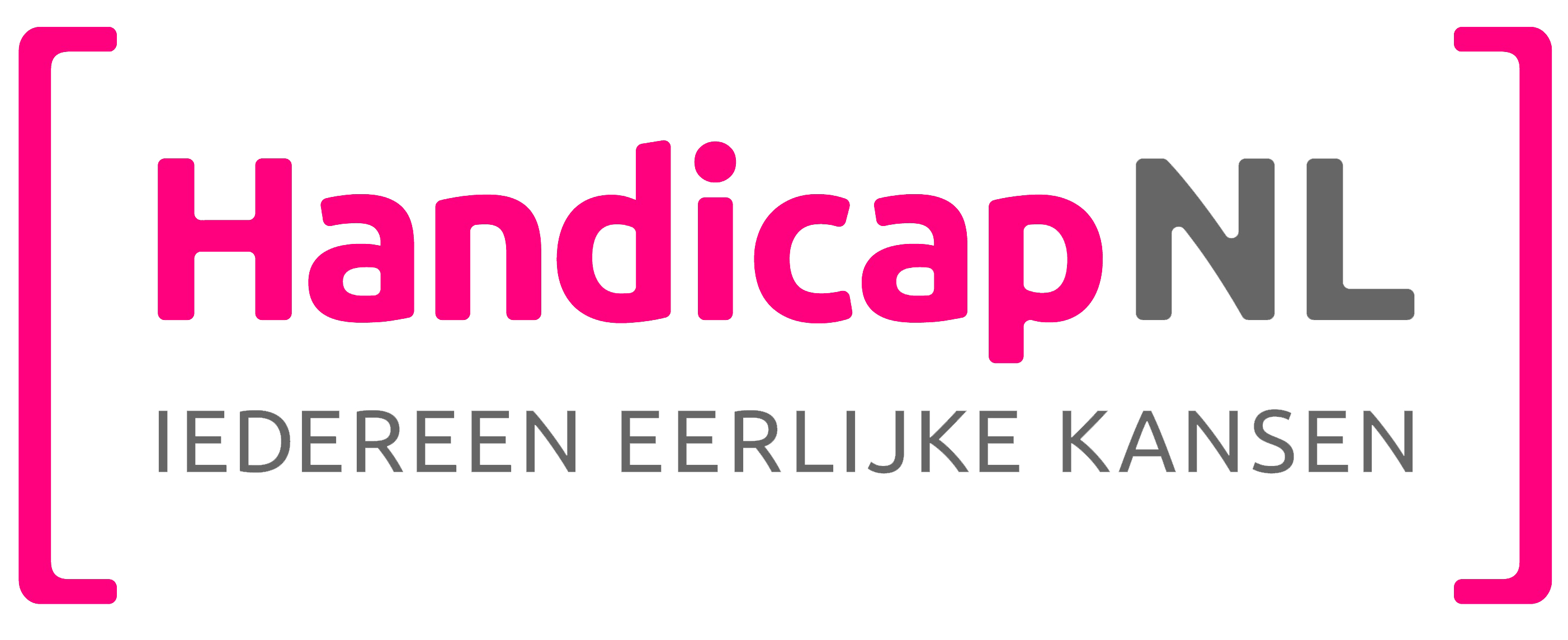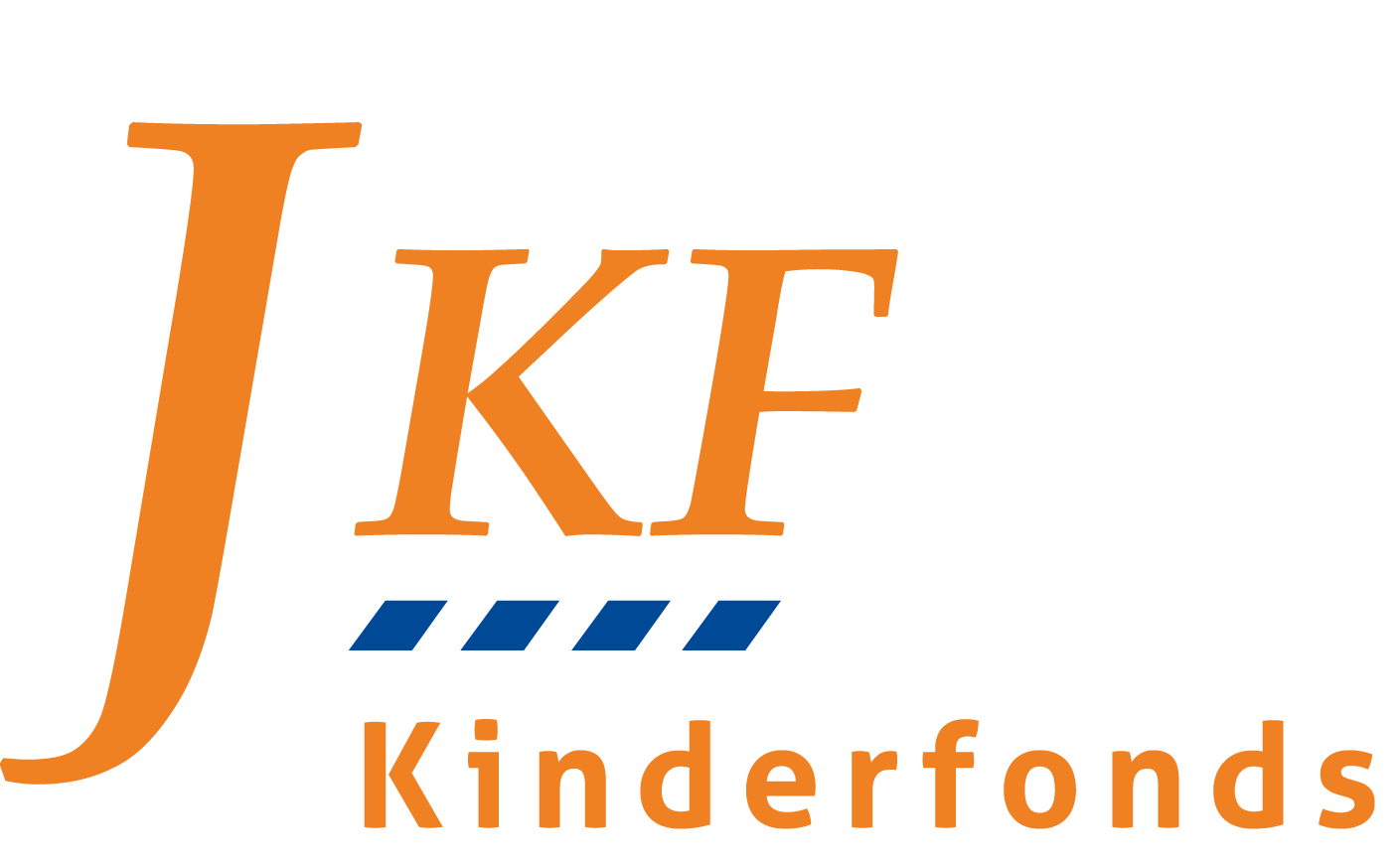Film as Observable Communication (FaOC)
Everyone communicates with both verbal and non-verbal forms of communication, such as facial expressions, sounds, spoken and/or written word and gestures. But there is also the visual language, for example through photos and film, which can be used in communication and storytelling; Film as Observable Communication (FaOC). Every event in daily life, big or small, has the potential to be a story you want to share with someone else. You tell stories together, (Grove, 2014; Grove & Harwood, 2022). By telling a story together, a story grows and you get to know each other. When speech is difficult due to a physical disability, illness and/or psychological problems, telling stories is often a major challenge. Image, photos and/or film can provide support in describing the context and details of the story. Image provides visual access to the story.
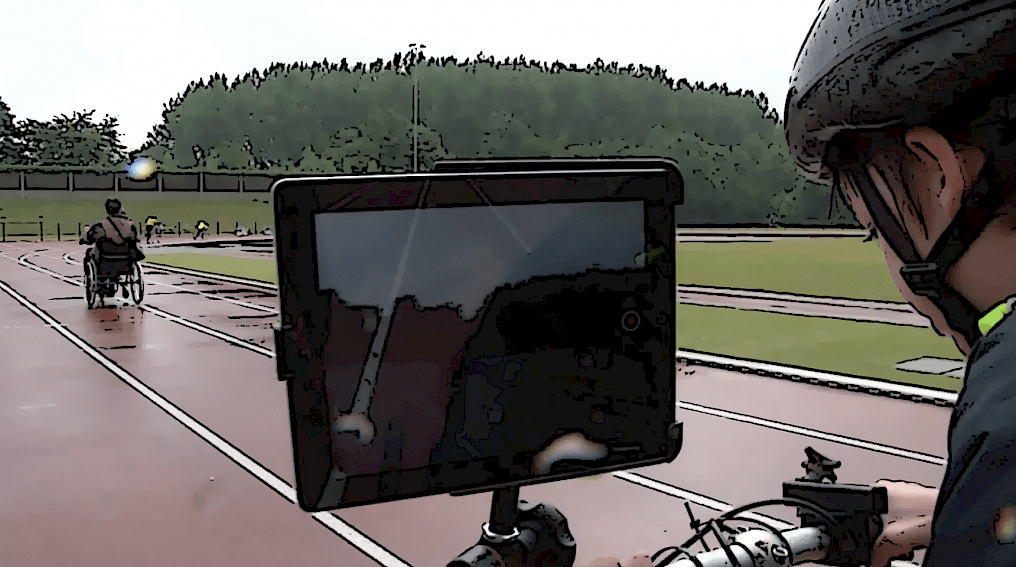
The goal of the FaOC method is to encourage children and young people, who have difficulty speaking or do not speak, to tell stories. Daily communication is the foundation for language and personal development. The self created film provides the context and details of an experiential story, providing support in the telling of the story. The film never stands alone but is supportive and complementary to storytelling.
The use of Film as Observable Communication (FaOC) offers the possibility to make daily communication more enjoyable and meanwhile improve oral language skills. By improving communication and oral language skills, the participation of these children and young people improves. By communicating more and better, by means of observable communication, you can make contact and participate more easily. It is essential in the entire process that children, young people and adults come into contact and engage in conversation with others.
Telling without and with FaOC
In the FaOC project "My Film, My Story" children and young people learned to make films themselves; Personal Visual Scenes (PVS). Then they learned to use their PVS as an audiovisual language to support the daily storytelling at school and at home. The participants made films about their room, their toys or their weekend sport in the home environment. At school they made films about the lessons, field trips, theater work and their games during recess. In addition, various activities were undertaken to film and tell stories about, such as about the police, the fire brigade, racerunner battles, flying at the Hoogvliegers, or a pop concert. With the knowledge gained from this project and the close collaboration with the children, their parents, schools and rehabilitation centers, a practical FaOC teaching method has been developed: The FaOC teaching method My Film, My Story. This teaching method is in line with the continuous learning path for oral language skills.
Parallel to the practical project is the FaOC research at Radboud University Nijmegen. Within this research, the effects of FaOC on daily conversations are studied. To investigate this, a coding model has been developed in collaboration with Dundee University, Scotland, and San Francisco University. This coding model is intended for a practical FaOC scorecard for education and speech therapy, and is in line with the goals of the continuous learning path for oral language skills.
